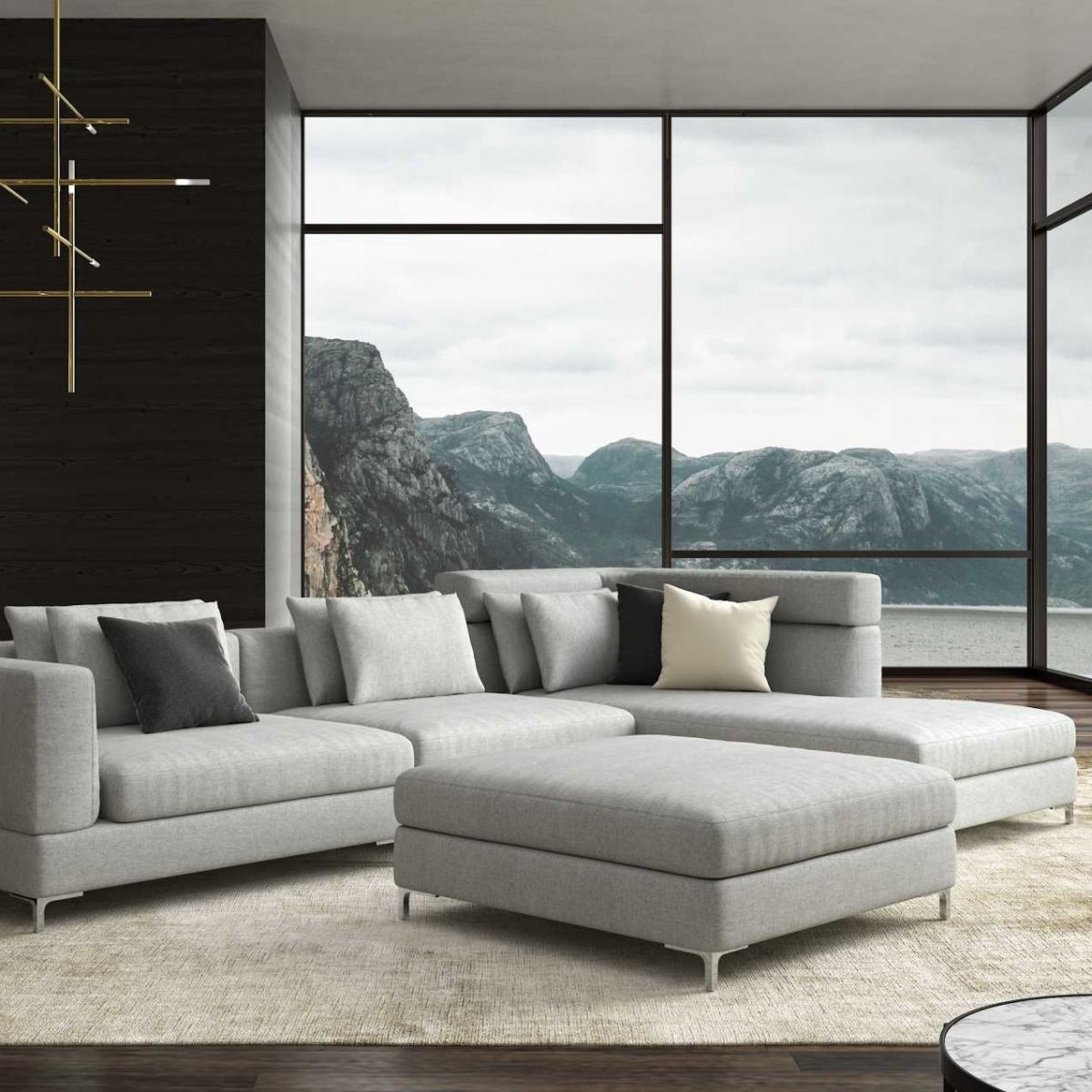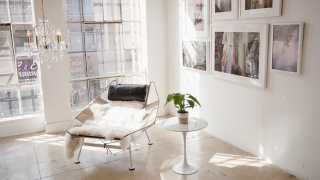Mid-century design was born in the post-war period in the light of modern innovation. Geared towards redesigning and reimagining the future landscape of everyday life, mid-century design focuses on elements such as furniture, lighting and home wares intended to improve the well-being of the average family for generations. Mid-century design can be seen with ample windows and open floor plans that expose interiors and bring in the outdoors, speaking to the balance of obvious contrast. Statement pieces often define simple spaces using heavy textural fabrics, contemporary patterns and natural durable materials such as leather, wood, marble and wool. See our compilation of the best styles from classic mid-century modern design and the icons made to be envied.
Industrial Design
The mid-century era is noted as being a time for exploration. Some of the greatest and most iconic designs in furniture were a result of better funding and access to new materials and new techniques. Charles and Ray Eames, Eero Saarinen, Hans Wegner and Arne Jacobsen are just a few names who dramatically changed the way we think about furniture, living and life today. Materials such as molded plywood, fiberglass, plastic resin and wire mesh are now commonplace, and we can attribute the pivotal popularization of industrial design to these remarkable innovators.
Subtle Luxury
Emerging from harder economic times, by the 1960s the average family was able to afford subtle luxuries such as fur-lined ottomans and Danish teak wood credenzas. Better wages and more family time was represented visually in the home. Lounge chairs became a prominent piece, where luxury comprised of both form and function. This era in design was defined by beautiful furniture for the everyday home.
Statement Colors
Yellow gold, burnt orange and avocado green are infamous colors of the late 1960s and pastel colors, like flamingo pink and turquoise, are true to the 1950’s Desert Modernist style. These notable accents are rich complements to warm natural colors like that of wood. They can also be incorporated into a classic mid-century look offering a fun and kitschy vibe to an otherwise sophisticated mid-century space.
Monochrome Mid-Century
Whereas statement colors and statement pieces play a definitive roll in mid-century modern style, natural colors and natural materials have always formed a classic foundation. Inspired by the Scandinavian design movement for minimalism, black, white, grey, and wood emphasize the details acute to functional mid-century design making the monochrome palette a perfect application for the fifties style. This simplicity offers a neutral foundation for any audacious additions like bold accents or complimentary loud colors.
Each had their own style, but many studied together and formed partnerships over the years. Learn more about mid-century modern design by getting to know the game-changers of the modern era; learn more by visiting the Rove Classics brand page, clicking the products and scrolling down to read the bios of our most admired inventors.





























